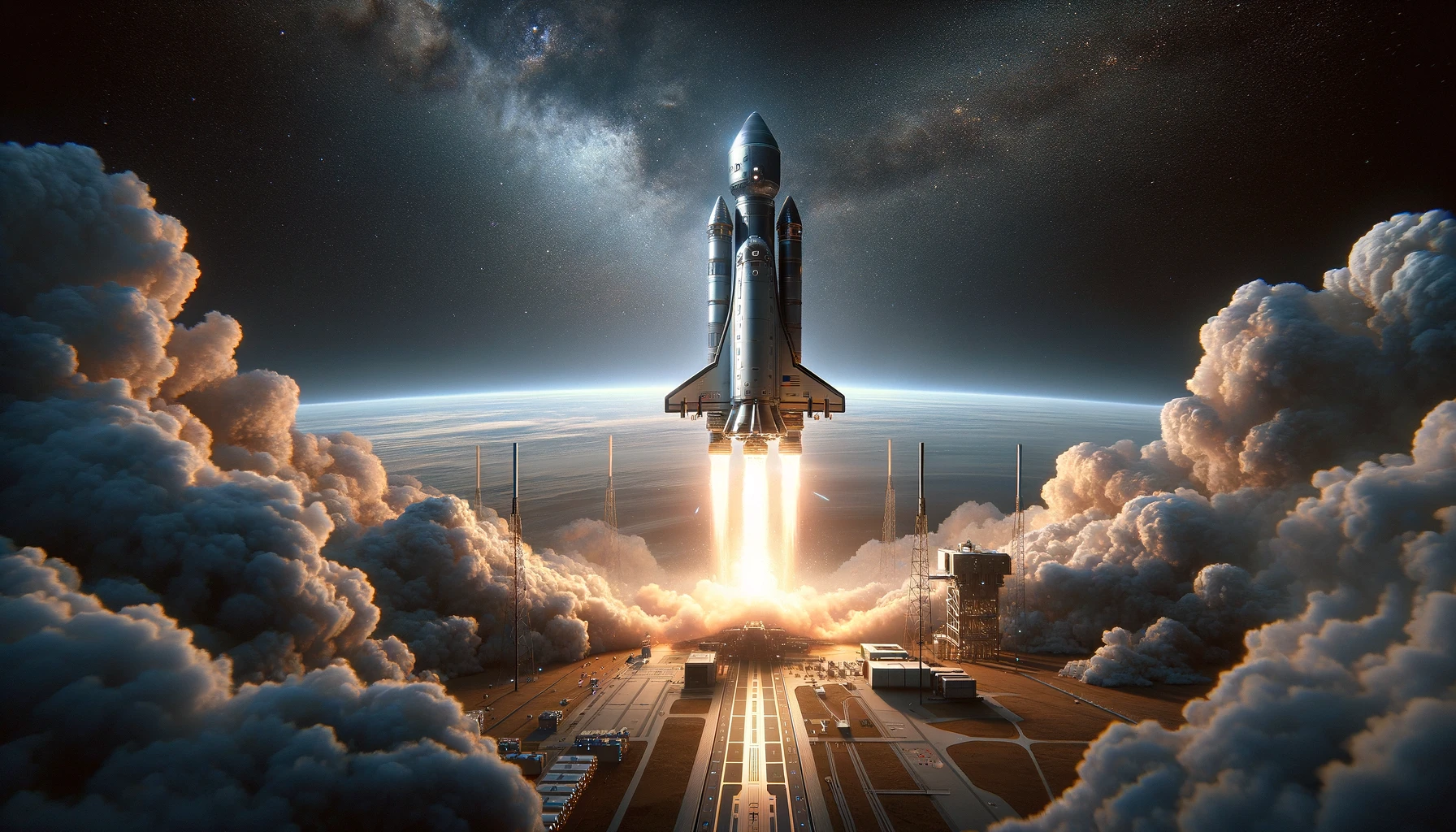In an era marked by unprecedented advancements in space exploration, two notable projects stand at the forefront: SpaceX’s Starship and NASA’s Artemis Program’s Orion spacecraft. Both initiatives represent significant leaps in our quest to conquer the cosmos, each with its unique challenges and milestones.
SpaceX’s Starbase Expansion and Starship’s Future Aspirations
SpaceX’s general manager for Starbase, Kathy Leuders, recently highlighted the company’s ambitious plans to increase the launch cadence of the Starship rocket from its facility in Boca Chica, Texas. This giant leap forward in space transportation aims to facilitate interplanetary missions and point-to-point flights on Earth. The expansion includes constructing a new rocket manufacturing factory dubbed ‘Starfactory’ and enhancing the existing infrastructure to support the high frequency of Starship launches. This initiative showcases SpaceX’s commitment to pioneering space exploration and its determination to overcome logistical and regulatory challenges in collaboration with the Federal Aviation Administration (FAA).
NASA’s Orion: A Glimpse into the Future of Lunar Travel
Parallel to SpaceX’s endeavors, NASA’s Artemis program has been making headlines with its Orion spacecraft. A year after the successful Artemis 1 mission, NASA revealed new footage capturing the intense experience of returning to Earth aboard Orion.
Traveling at incredible speeds and enduring extreme temperatures, Orion is designed to transport astronauts to and from lunar orbit. The spacecraft’s innovative ‘skip’ maneuver, which involves briefly dipping into the Earth’s atmosphere before rising again, exemplifies NASA’s efforts to improve landing precision and reduce the physical strain on astronauts.

Unprecedented Advances in Spacecraft Technology and Design
Both the Starship and Orion spacecraft embody the cutting-edge technology and design essential for future space missions. SpaceX’s Starship, poised to be the world’s largest rocket, is expected to revolutionize space travel with its massive payload capacity and reusability. Meanwhile, Orion’s robust design allows it to withstand the demanding conditions of lunar return missions, a capability beyond what current spacecraft like SpaceX’s Crew Dragon can offer.
As we stand at the threshold of a new era in space exploration, SpaceX and NASA continue to push the boundaries of what is possible. With each test flight, construction milestone, and technological breakthrough, we edge closer to making interplanetary travel a reality. The shared vision and complementary efforts of these space giants underscore humanity’s enduring fascination with the cosmos and our relentless pursuit to explore it further. This synergy between private and governmental space endeavors paves the way for a future where the mysteries of the universe are within our reach.










